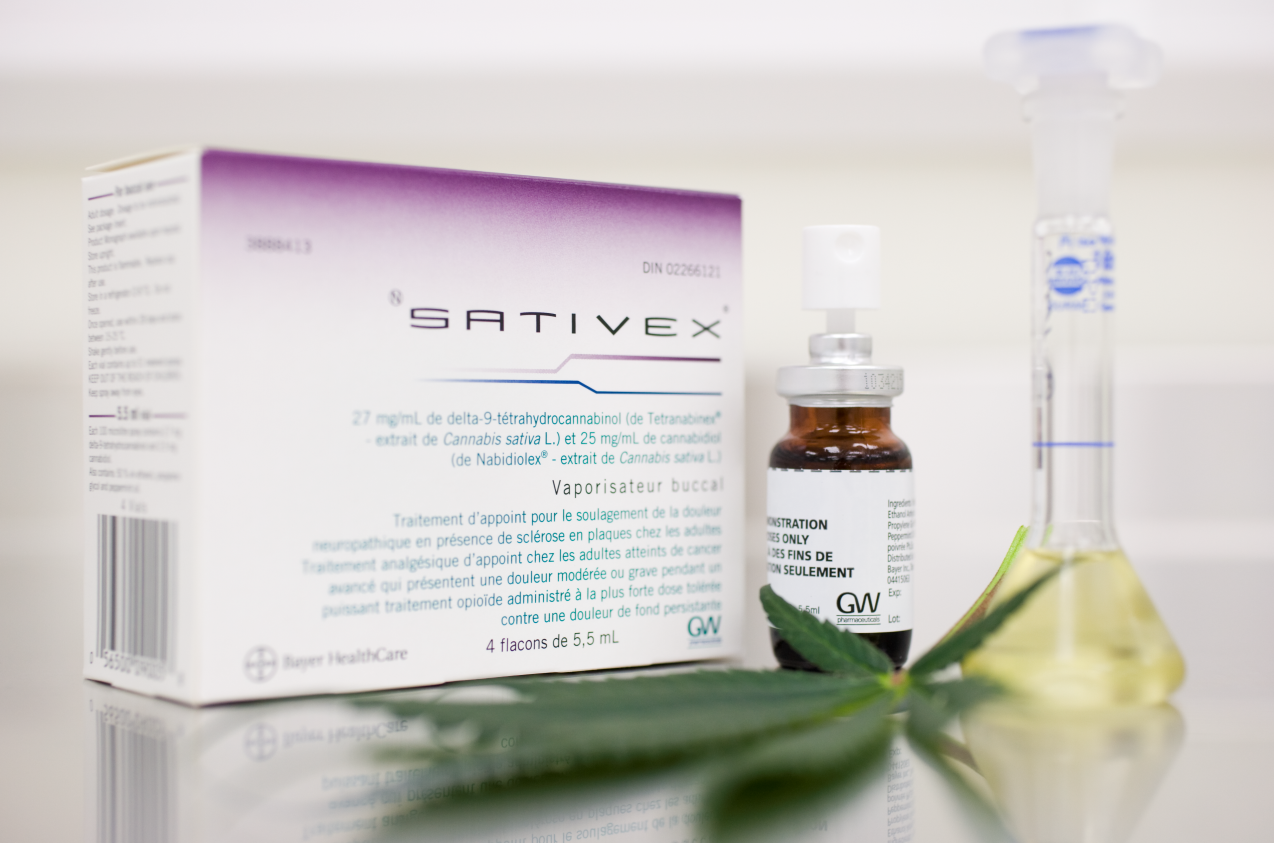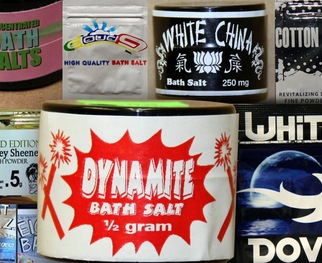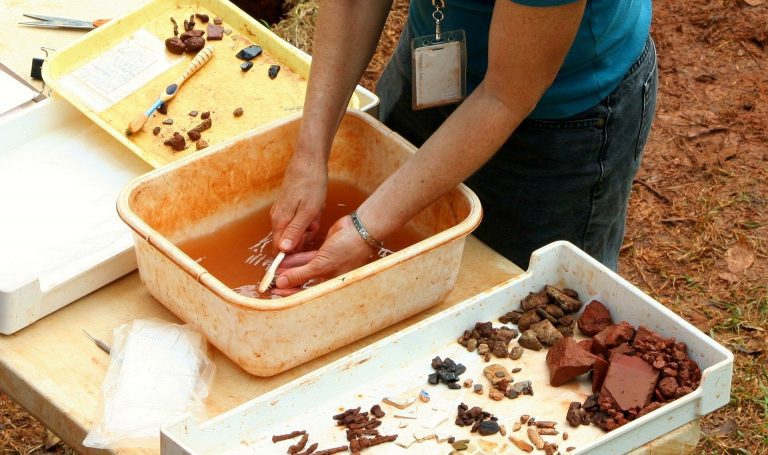UCT Styre Screen® THC Columns cited in Cannabinoids Paper
UCT is well recognized in the analytical testing field for manufactoring the finest silica and polymeric based sorbents. Most recently, The Styre Screen ® SPE column line has been utilized in a paper authored by R.C. Kevin et al., (University of Sydney, Australia) in the journal Forensic Toxicology (doi:10.1007/s11419-016-0330-0) where urinary cannabinoid concentrations were measured during nabiximols (Sativex®)-medicated inpatient cannabis withdrawal. Nabiximols is supplied as a buccal spray containing both Delta-9-tetrahydrocannabinol (THC) and cannabidiol (CBD). It has shown promise as an agonist substitution therapy for treating cannabis withdrawal and dependence.
In this paper, an enzymatic hydrolysis method was employed to liberate urinary CBD from its glucuronide conjugate, and follow the trajectory of urinary CBD, THC, 11-nor-9-carboxy-THC (THC-COOH), and 11-hydroxy-THC (11-OH-THC) in patients receiving nabiximols treatment (or placebo) during cannabis withdrawal. The hydrolysed samples containing (CBD, THC, THC-COOH, and 11-OH-THC) were directly loaded onto Styre Screen® (SSTHC063) SPE columns without conditioning, washed with 1 mL of water/acetonitrile/ammonia (84:15:1, v/v/v), and then dried under vacuum. Cannabinoid analytes were eluted from the SPE cartridges using 3 mL of n-hexane/ ethyl acetate/glacial acetic acid (49:49:2, v/v/v). After evaporation and dissolution, the samples were quantified using liquid chromatography-tandem mass spectrometry. Overall, urine and plasma cannabinoid levels followed similar trajectories and closely reflected the dosing schedule. During nabiximols treatment, CBD levels in urine and plasma rose markedly, while concentrations of THC and its metabolites remained at, or slightly above, pre-treatment levels. Following hydrolysis, urinary CBD was detected at levels 50 and 200 times as high as those in non-hydrolysed plasma and non-hydrolysed urine, respectively. THC, THCCOOH, and11-OH-THC concentrations were also amplified by urinary hydrolysis.
This method allows sensitive assessment of urinary CBD, and may prove useful in clinical studies involving nabiximols or other cannabinoid therapies. This paper demonstrates the efficiency of UCT’s polymeric Styre Screen® sorbents in the analysis of cannabinoids, and why researchers working in the field of cannabinoid analysis turn first to UCT for the finest in silica and polymeric sorbents.






